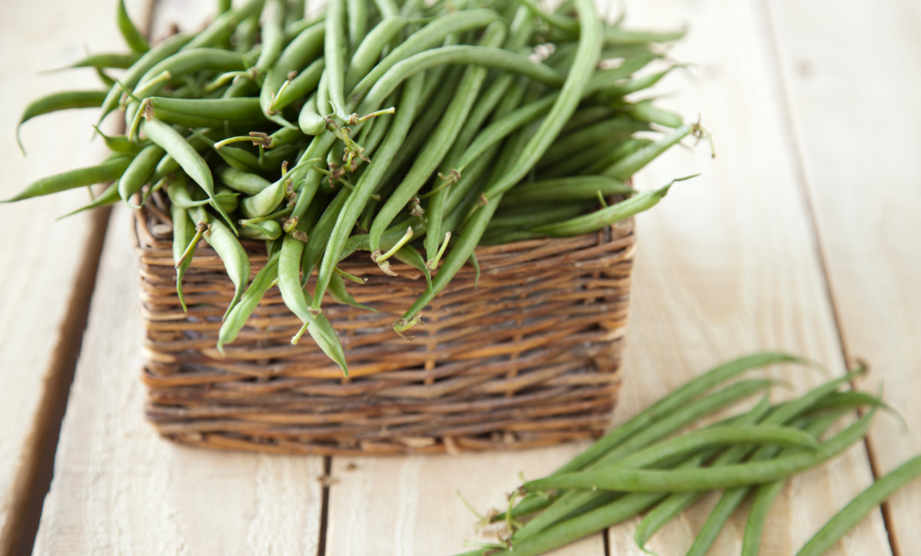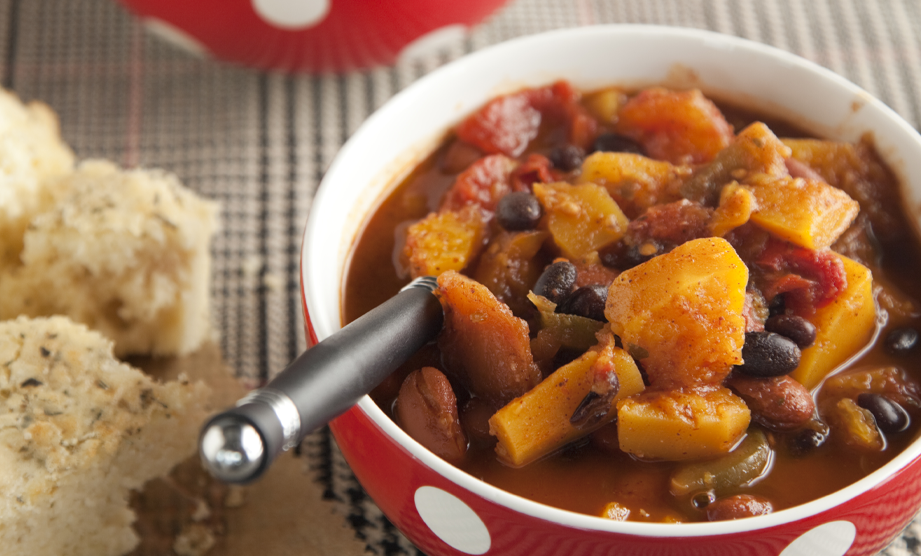Many Americans associate green bean recipes with a Thanksgiving casserole or canned, mushy side dishes. If you’re lucky, you have shed your childhood green bean animosity with your first bite into these crispy, juicy delights at their finest midsummer peak. Here, let us revisit this deliciously refreshing vegetable that’s healthy, durable, and easy to cook (and grow)!
A Little Background on Green Beans
Green beans (sometimes called string beans, snap beans, or haricots verts, their French name) are native to South America, with over 100 modern cultivated varieties including the esteemed domestic Blue Lake. The edible part comes from the immature fruit of the bush plant Phaseolus vulgaris (common bean), which flowers and spreads to 2-3 feet high. Pods are usually a deep, solid green color but can be yellowish, purple, or streaked.
Green beans boast quite a health badge, as they are packed with Vitamins A, C, and K, may help absorb calcium, have low natural sugar content, and contain lots of heart-healthy plant compounds.
They make a versatile ingredient for green bean recipes, enjoyable when hot (tempura-battered, bacon-wrapped, casseroles, pastas), or room temperature and cold (salads, slaws, even crudité platters). And they’re low-maintenance: just wash, trim (even a child can be tasked with snapping off the ends), and cut if desired.
They stay fresh longer than many other more delicate greens and make great candidates for freezing and pickling. (Here’s a basic pickling how-to, featuring a brine recipe from the test kitchen).
Buying, Storing, and Preparing for Green Bean Recipes
Look for firm, bright, smooth pods (wrinkles or lumps mean old and/or overripe) when shopping for green beans. Beans will be cheapest in their local, seasonal peak, though most supermarkets will carry them year-round.
Green beans should be refrigerated, and they keep for several days—or they can be frozen. Some cooking guides will recommend blanching before freezing, but it is not necessary.
Blanching is a common step before tossing green beans into a chilled potato salad, pilaf, or soup, or for serving as stand-alone side dish dressed with a simple vinaigrette, sautéed shallots, and toasted nuts. As with other vegetables, blanching and shocking will give you flavorful, crisp, vibrant results, like in Honey Balsamic Green Beans.
Other typical green bean cooking methods include steaming (the healthiest option), deep-frying, and sautéing.
For green beans skeptics, pair with pork, potatoes, rice, mushrooms, or cheese.
Check out our selection of test kitchen recipes:
Fresh Green Bean Tomato Salad
Summer Vegetable Salad
Green Beans with Almonds and Caramelized Onions
Fancy Green Beans
Green Beans with New Potatoes
New Potato and Green Bean Salad
Fried Green Bean Bundles
Green Bean Bundles with Bacon Vinaigrette









